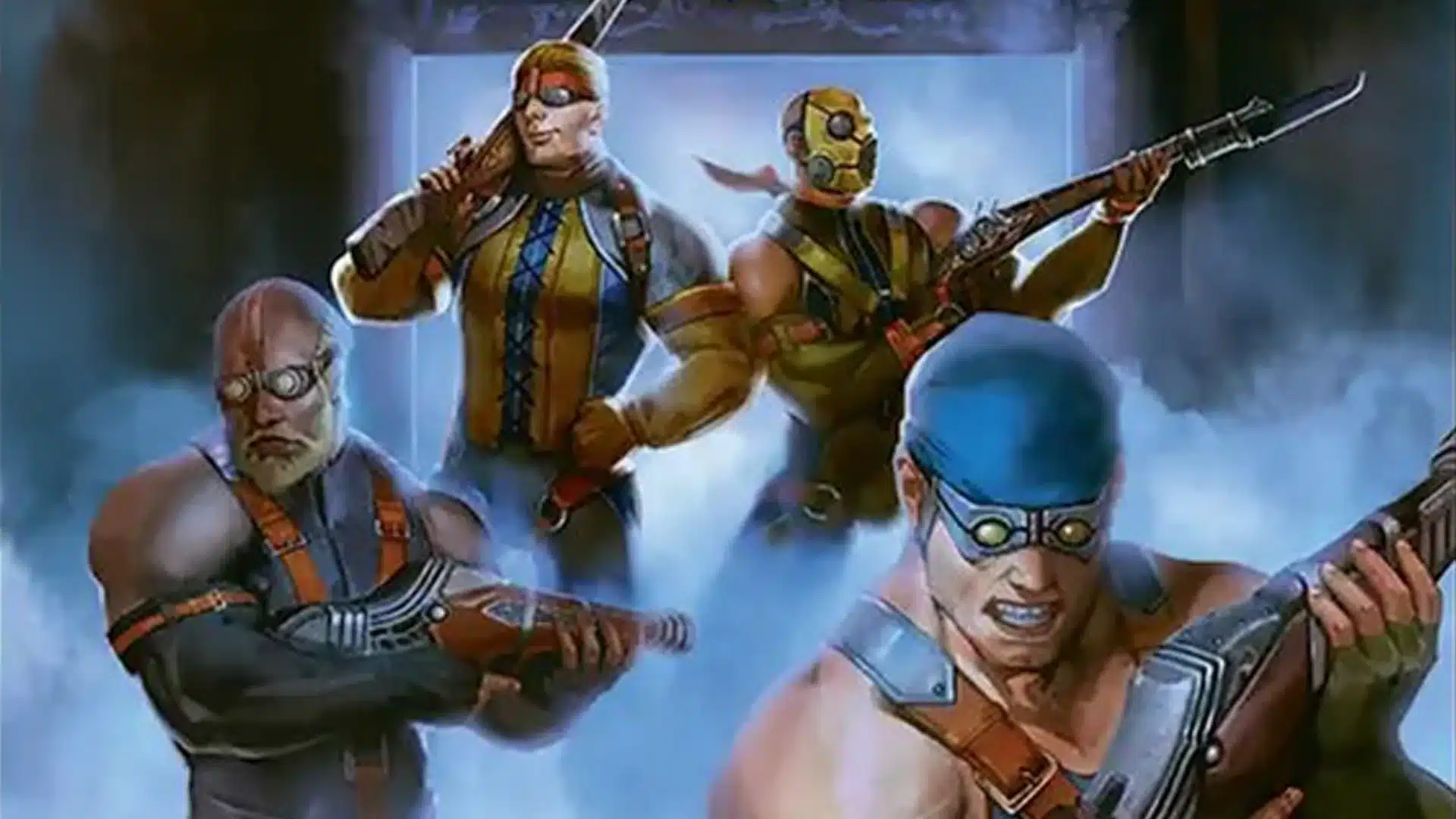The language of Magic: The Gathering is constantly evolving, whether players like it or not. Some of these changes, like the move to Typal, Kindred, and Aviskhar, have been made in the name of inclusion. Others, like the shift to Enters, have been made to save space on new MTG cards.
While both of these angles are undeniably important, the latter has been an increasingly pressing concern as of late. For better or worse, modern MTG cards are getting more and more verbose, with more abilities and unique flair. While this is great from a mechanical standpoint, it can make deciphering new cards rather difficult.
With this in mind, it’s no wonder that Wizards of the Coast has been taking steps to make things simpler. Now, in Magic: The Gathering’s Final Fantasy set, we’re seeing the latest step in this direction.
Everything Dies

“Dies” is not a new word in MTG. players have been using this as shorthand since the game first came out in 1993. Despite everyone saying it for literal decades, it took until 2011 for Wizards to use this language themselves. In Magic 2012, the first MTG cards with “dies” triggers, such as Angelic Destiny, were printed.
Until this time, Wizards of the Coast had been using “is put into the graveyard from the battlefield” instead. On cards like Goblin Arsonist, this didn’t matter a great deal, since there was still space to spare. On Modern cards like Hildibrand Manderville, however, would seriously suffer from needing seven extra words.
Thankfully, as mentioned, this hasn’t been a problem for a while, as Wizards has been using dies for over a decade. That said, Wizards doesn’t use dies all the time for every card type. Even to this day, artifacts, enchantments, and lands still use “is put into a/your graveyard from the battlefield.”
On their own, these extra words aren’t going to make it impossible to parse a new card. Technically, these extra words actually make new cards easier to understand, since they explain things in greater detail. At the same time, however, all this added detail isn’t needed in a lot of instances.
It might be an enchantment, but if Eye of Nidhogg said “dies” instead of “is put into a graveyard from the battlefield,” we’d all know what it meant. As much as it might seem confusing at first, this understanding was proven by the recent change to enters. While “enters the battlefield” was more descriptive, that added description was implied and ultimately not needed.
A Half Step

For better or worse, we’re not at the point that everything is dying just yet. Eye of Nidhogg, for instance, still uses “is put into a graveyard from the battlefield,” as mentioned. Despite this, we are getting closer to this seemingly inevitable future thanks to Al Bhed Salvagers.
Unlike most past cards, Al Bhed Salvagers cares about whenever a creature or artifact you control dies. Notably, this isn’t just referring to artifact creatures, but all artifacts in general. This includes Treasure, Food, and Clue tokens, which are especially abundant in Commander. Not only does this make Al Bhed Salvagers decent in aristocrats decks, but it’s a major step forward for MTG.
Unsurprisingly, it didn’t take long for this change to be noticed by MTG players. Taking to Blogatog, Tumblr user theothersustem asked if Al Bhed Salvagers’ dies trigger was a one-off, or the new normal. Responding to this post, MTG’s Head Designer, Mark Rosewater, confirmed this is indeed a new direction for Magic.
“We are now allowing cards that affect creatures and one or more other permanent types to use ‘dies’.”
Mark Rosewater
Notably, as Mark Rosewater states, Wizards isn’t completely jumping the shark here. The use of dies will still be confined to creatures or being alongside creatures. This makes a lot of sense, since creatures are the only thing that have been dying in MTG since 2011. As such, this change is pretty easy to comprehend and shouldn’t catch most players off guard.
Admittedly, while the use of dies on Al Bhed Salvagers is straightforward, their card text is still weirdly wordy. Rather than just saying “whenever a creature or artifact you control dies,” Al Bhed Salvagers specifies that it cares about itself. While Blood Artist does the same thing, this nevertheless feels like a bit of a strange choice, given the goal of streamlining the textbox.
A Future Change?

While Wizards is taking baby steps for now, we wouldn’t be surprised if we see a larger shift in the future. This might not happen immediately, but it seems pretty clear that Al Bhed Salvagers is a step towards “dies” becoming commonplace. For now, whether or not this will happen on a wide scale remains to be seen, but it wouldn’t be surprising.
Technically, MTG already has precedent for caring about when any permanent “dies” long before Al Bhed Salvagers. In 2020’s Ikoria: Lair of Behemoth, Chevill, Bane of Monsters cared about “Whenever a permanent an opponent controls with a bounty counter on it dies.” With this in mind, there is precedent for a wider ‘all permanents die’ change, but clearly, Wizards is hesitant.
Ultimately, even if a wider change is on the cards for the future, starting small is definitely the right move. While MTG players got to grips with the enters change alright, dies could be a trickier can of worms. After all, while every permanent type enters the battlefield, having an enchantment like Demonic Ruckus die is, flavorfully, a little odd.
Stick with us here at mtgrocks.com: the best site for Magic: The Gathering coverage!
